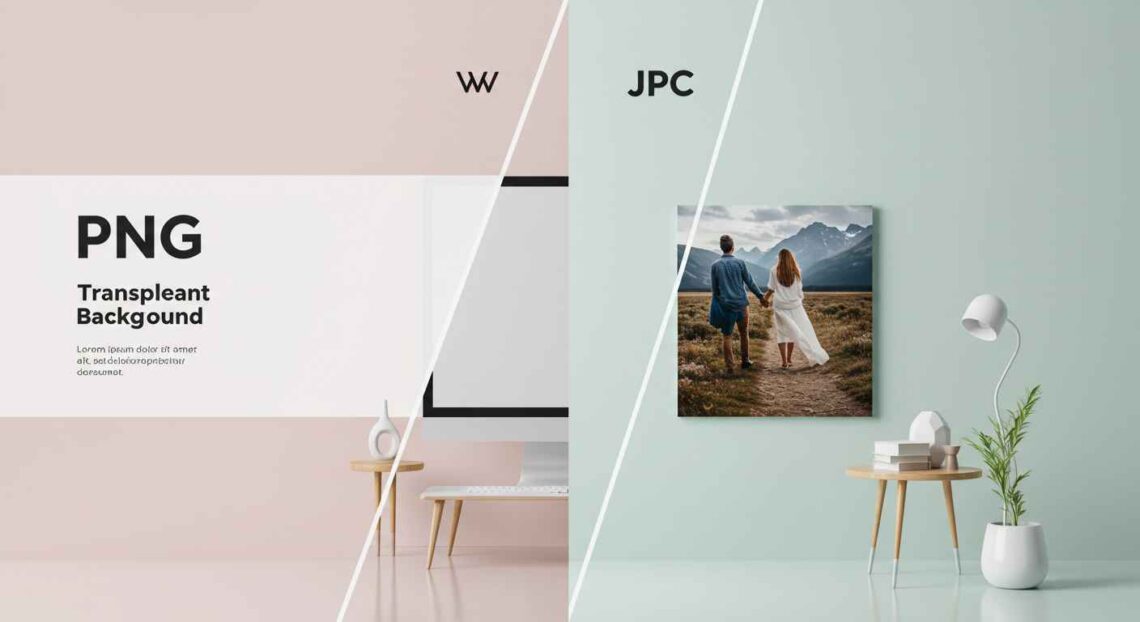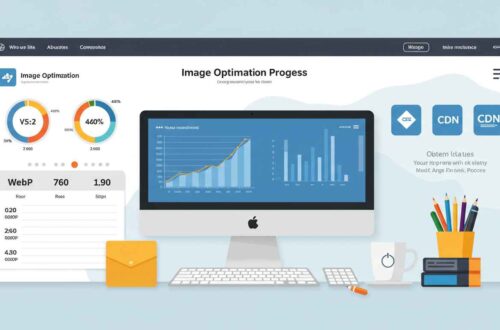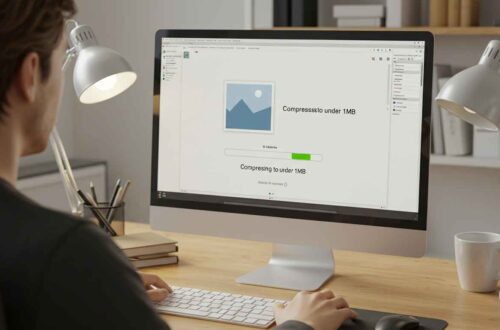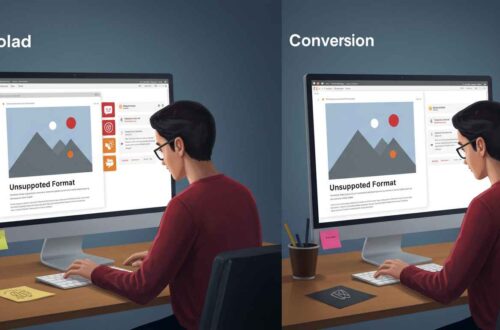If you’ve ever saved an image online, you’ve probably seen both PNG and JPG (or JPEG) formats.
They’re two of the most common image file types — but choosing the right one can make a big difference in image quality, size, and performance.
Whether you’re designing a website, editing a photo, or creating content for social media, understanding when to use PNG vs JPG can save you time and improve your visuals.
Let’s break it down in simple terms.
What Are PNG and JPG Formats?
Before deciding which one to use, let’s understand what these formats actually mean.
🧩 PNG (Portable Network Graphics)
PNG is a lossless image format — that means it keeps all image details and doesn’t reduce quality, even after editing or saving multiple times.
It also supports transparency, which makes it great for logos, icons, and graphics with no background.
- ✅ Keeps sharp details
- ✅ Supports transparent backgrounds
- ✅ Ideal for images with text, shapes, or icons
- ❌ File sizes are larger than JPG
JPG (Joint Photographic Experts Group)
JPG (or JPEG) is a compressed, lossy image format — meaning it slightly reduces quality to make files smaller.
That’s why JPGs load faster and are perfect for web use and photography.
- ✅ Smaller file sizes (faster loading)
- ✅ Best for photos and colorful images
- ❌ Doesn’t support transparency
- ❌ Loses some detail every time you save or edit
PNG vs JPG — The Key Differences
| Feature | PNG | JPG |
|---|---|---|
| Compression | Lossless | Lossy |
| Transparency Support | Yes | No |
| Best For | Logos, icons, screenshots, graphics | Photos, web images, backgrounds |
| Image Quality | Very high | Slightly reduced |
| File Size | Larger | Smaller |
| Editing | Keeps full quality | May lose clarity after edits |
| Color Range | Fewer colors but crisp | Wide color range and smooth gradients |
In simple words:
👉 Use PNG when you need clarity and transparency.
👉 Use JPG when you need small file sizes and faster loading.
When to Use PNG
Here are situations where PNG works best:
1. Logos and Icons
Logos often need transparent backgrounds so they can fit on any design.
PNG supports transparency, so your logo won’t have a white box around it.
2. Screenshots and UI Designs
If you’re saving screenshots or user interface elements, PNG captures every pixel perfectly — including text and lines.
3. Images with Text or Graphics
PNG keeps sharp edges around letters, shapes, and icons.
That’s why designers prefer PNG for infographics, posters, or charts.
4. When You Need to Edit Multiple Times
Since PNG doesn’t lose quality after each save, it’s ideal if you plan to make repeated edits.
5. Transparent Backgrounds
Whenever your image needs to blend with different backgrounds — like overlays, mockups, or banners — use PNG.
When to Use JPG
Now let’s look at where JPG works better:
1. Photography
JPG handles millions of colors efficiently, making it great for photos, portraits, and outdoor scenes.
2. Web and Blogs
Because JPG files are smaller, they load quickly on websites, improving SEO and user experience.
3. Social Media Posts
Platforms like Facebook, Instagram, and Twitter compress images automatically. JPG helps maintain a good balance between quality and size.
4. Email or Online Sharing
If you’re sending multiple images through email or uploading to the cloud, JPG keeps file sizes manageable.
5. Large Galleries
When you have many images on one page — like an online portfolio or shop — JPG ensures faster loading without overloading your server.
Bonus: JPG or PNG for Website Design?
Here’s a quick comparison for website use:
| Use Case | Recommended Format |
|---|---|
| Logo | PNG |
| Banner | JPG |
| Product Image (with transparent background) | PNG |
| Product Image (with solid background) | JPG |
| Icons or Buttons | PNG |
| Blog Photos | JPG |
| Infographics | PNG |
| Thumbnails | JPG |
💡 Pro Tip:
Use tools like TinyPNG or ImageCompressor.com to reduce PNG or JPG size without losing visible quality. This helps improve your website speed.
Advanced Tip: Use Both Together
Many professionals actually use both PNG and JPG depending on purpose.
Example:
- Design your graphic in PNG (for clean edges and transparency).
- Export a JPG version for sharing on websites or social media.
This way, you get the best of both worlds — quality and performance.
Common Mistakes to Avoid
🚫 Don’t use PNG for every photo — it will make your site slow.
🚫 Don’t use JPG for transparent graphics — it won’t support transparency.
🚫 Don’t keep re-saving the same JPG multiple times — quality will keep dropping.
🚫 Don’t mix formats randomly — decide your image rules once and stick to them.
Converting Between PNG and JPG
Sometimes you may need to convert one format to another.
Here’s how to do it safely:
- Online Tools: Convertio.co, iloveimg.com
- In Photoshop or Canva: Choose File → Export → JPG/PNG
- On Windows: Open the image → Save As → Choose format
- On Mac: Use Preview → Export As
💡 Note:
Converting JPG → PNG won’t improve quality.
And converting PNG → JPG will remove transparency.
Optimizing for Web Speed
If your website uses many images, you should always optimize them for speed.
Here’s how:
- Resize images before uploading.
- Use WebP format (newer and lighter than JPG/PNG).
- Use plugins like ShortPixel, Smush, or Imagify (for WordPress).
- Compress images under 200 KB whenever possible.
This improves site performance, SEO ranking, and user experience.
Final Thoughts
Both PNG and JPG have their strengths — the key is knowing when to use which.
- Choose PNG for logos, icons, graphics, and transparent designs.
- Choose JPG for photos, blogs, and web content where speed matters.
If you balance them smartly, you’ll get high-quality visuals that load fast and look professional everywhere.
The goal is not to pick a “better” format — it’s to pick the right one for the job.
So next time you save or upload an image, think about your purpose, background, and audience — and choose wisely between PNG and JPG.





